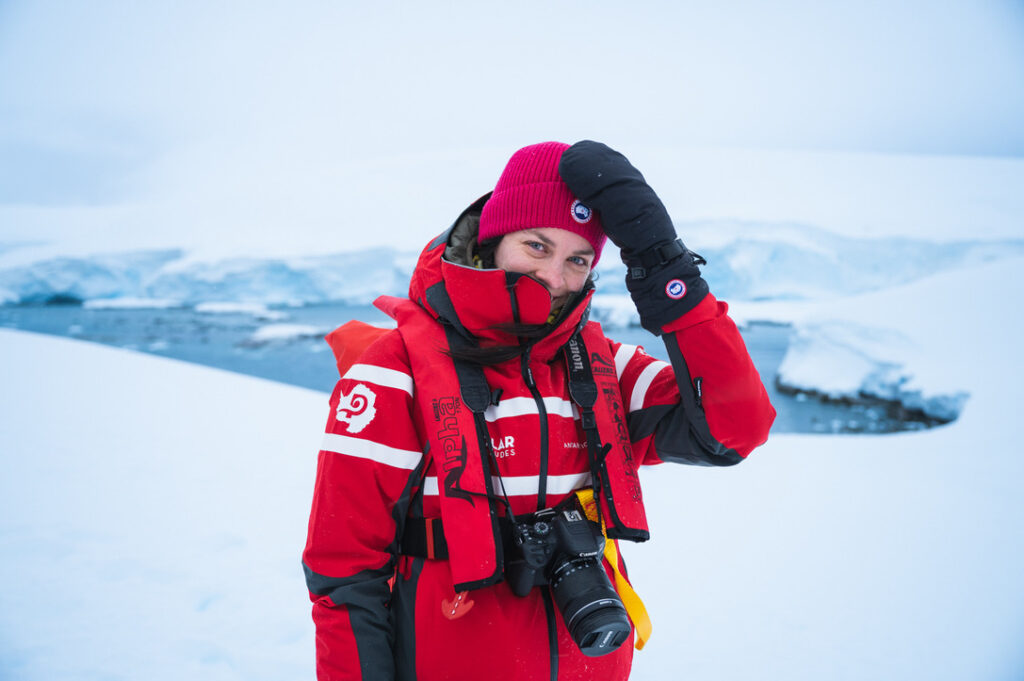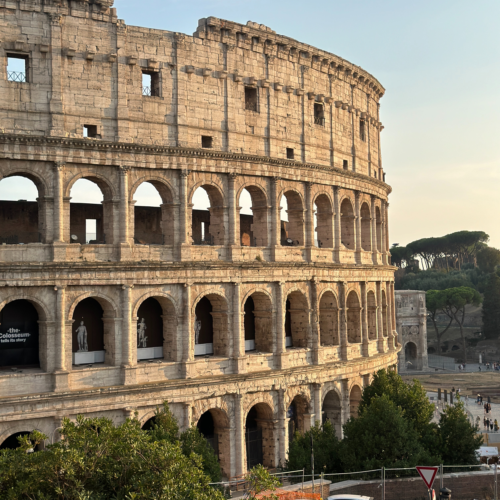Hello, everyone! Team Jilly here! As many of you may know, April is Earth Month, and in celebration of Earth Month, we had the pleasure of sitting down with Meg O’Hara for an in-depth Q&A! Meg is a Top 30 Under 30 winner, climate activist, and recently came home from a delegation to Antarctica. I mean… WOW!! Talk about an impressive resume!! In today’s blog, she is going to share about her travels to Antarctica and what we can all learn from this beautiful, snowy continent.
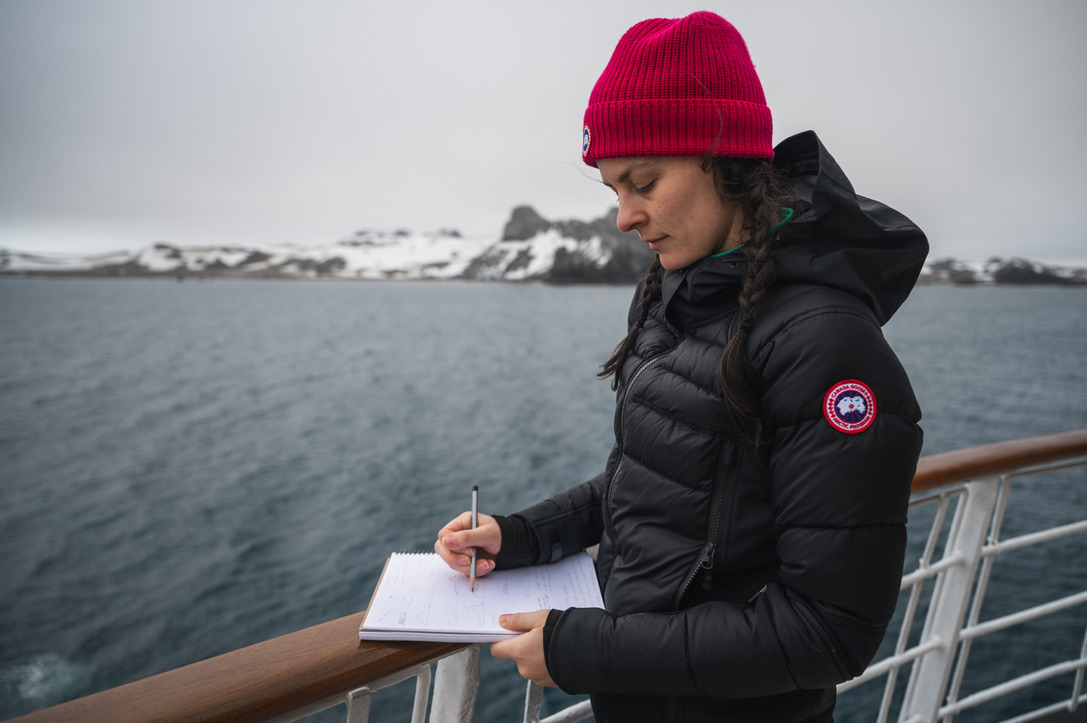
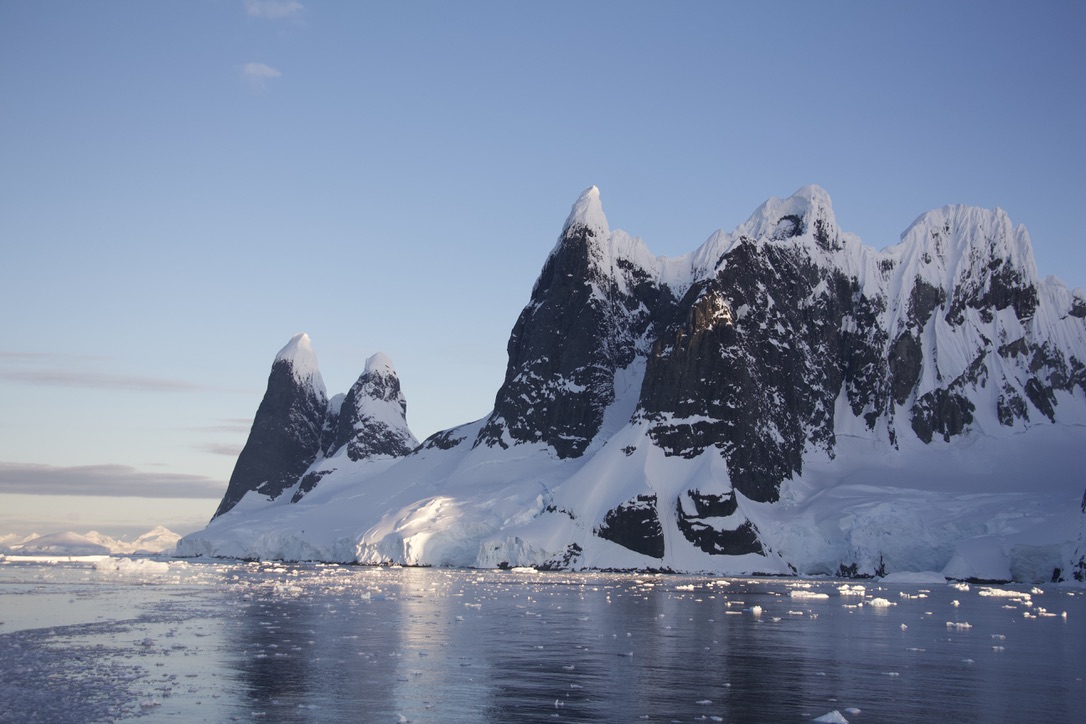
Q: Wow, Antarctica is such an incredible place to visit! Can you tell us what a delegation is and how you ended up going on one?
A delegation is a trip with a purpose. The topics of the delegation were Canada’s involvement in the Antarctic Treaty System, the connection between the two polar regions, and the impact of climate change on the region.
I was invited to this delegation by the SOI (Students on Ice) Foundation, an organization that takes youth from around the world into the polar regions. As alumni from a previous expedition, all ten delegates were invited to join.
Q: Antarctica is quite literally at the end of the world! How did you get there?
We flew down to the Southernmost city in the world — a port city called Ushuaia in Argentina. From there, we boarded our ship and set sail across the Drake Passage. It was two full days of open sea crossing before we arrived in Antarctica. The Drake Passage is notorious for having the roughest ocean conditions. It lived up to the hype! The boat was rocking so much that I was worried I would roll off my bed at night.
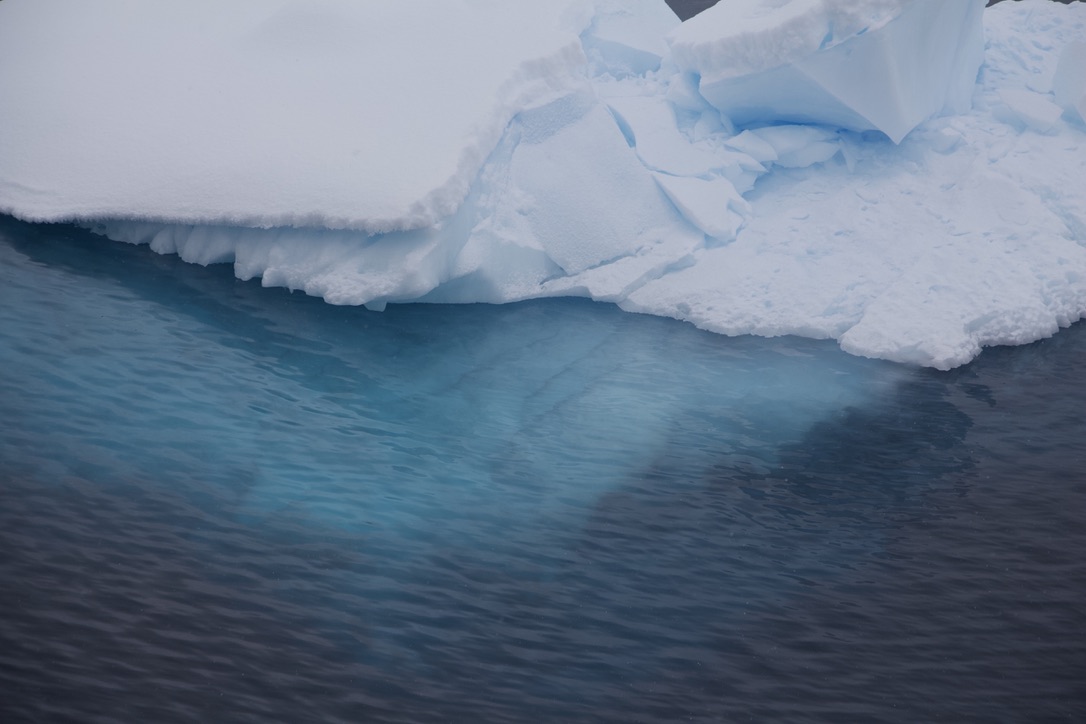
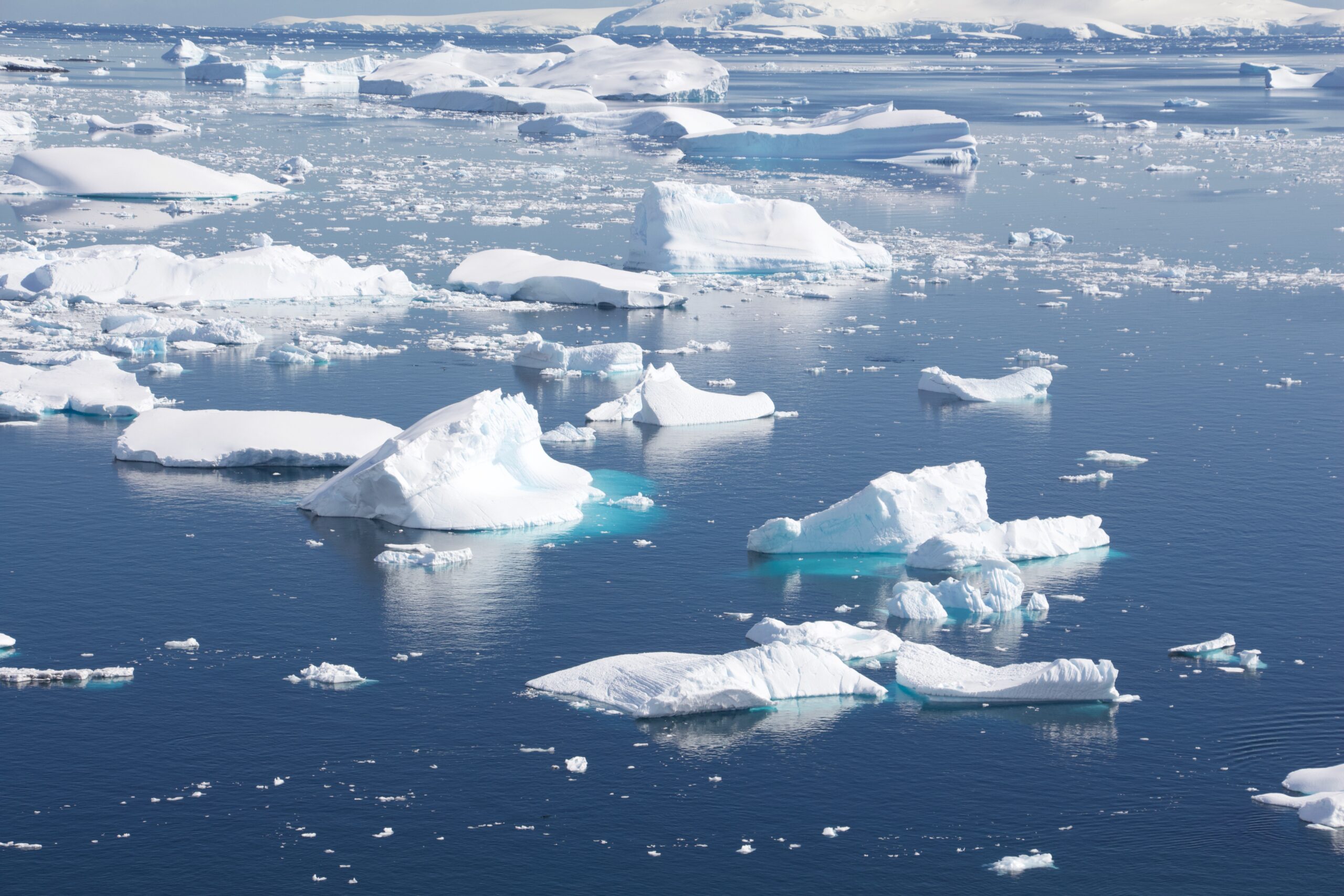
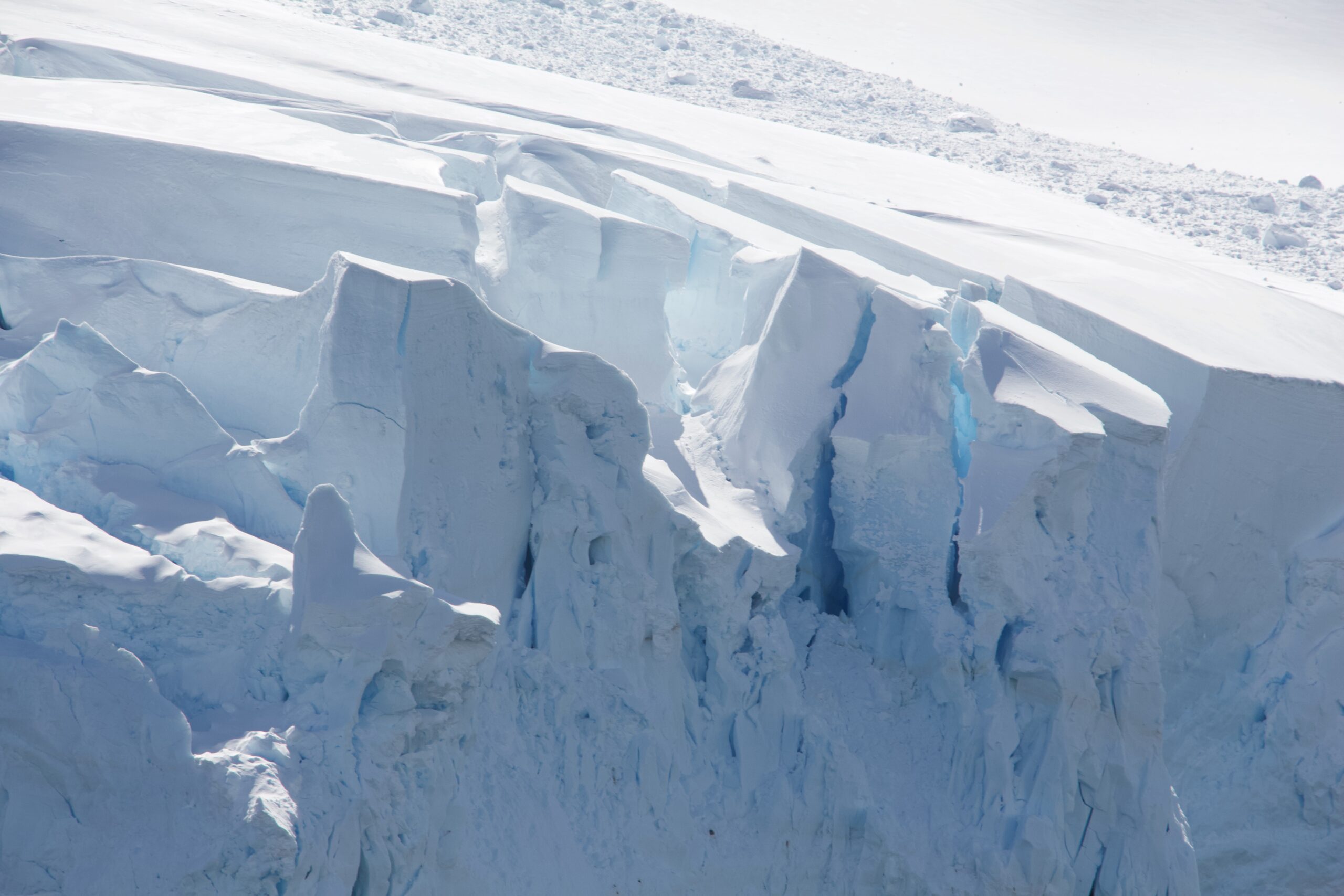
Q What surprised you the most about Antarctica?
Being close to the winter solstice and the Antarctic Circle, it’s extremely bright out almost all the time. Depending on where you are on the continent, you will experience what is called Polar Day — complete daylight for 24 hours, sometimes for months on end.
When you wake up in the morning, the sun is SHINING! You have to wear your sunglasses the whole time you’re awake, from your morning coffee all the way to brushing your teeth at night. Carrying your sunglasses, sunscreen, and a baseball hat everywhere is a must. I came home from the trip with a bit of a sunglasses tan.
Q: The North pole, much like the South pole, is not a place people commonly visit. What are the biggest similarities and differences between the two polar regions?
There are many similarities and differences between the Arctic and the Antarctic. Both are disproportionately affected by climate change; they have some of the harshest environments, they hold the majority of ice in the world, and access is difficult. The Arctic has wildlife and flora, while the Antarctic has a sparse presence of life. The Arctic has a long and rich human history, and the first person to arrive in Antarctica was in 1821. The Arctic is sea ice surrounded by land, while the Antarctic is land surrounded by ice.
Antarctica houses 90% of the ice on Earth, and the polar regions are 3x more affected by global warming than the rest of the world. Both polar regions are really at the forefront of climate change.
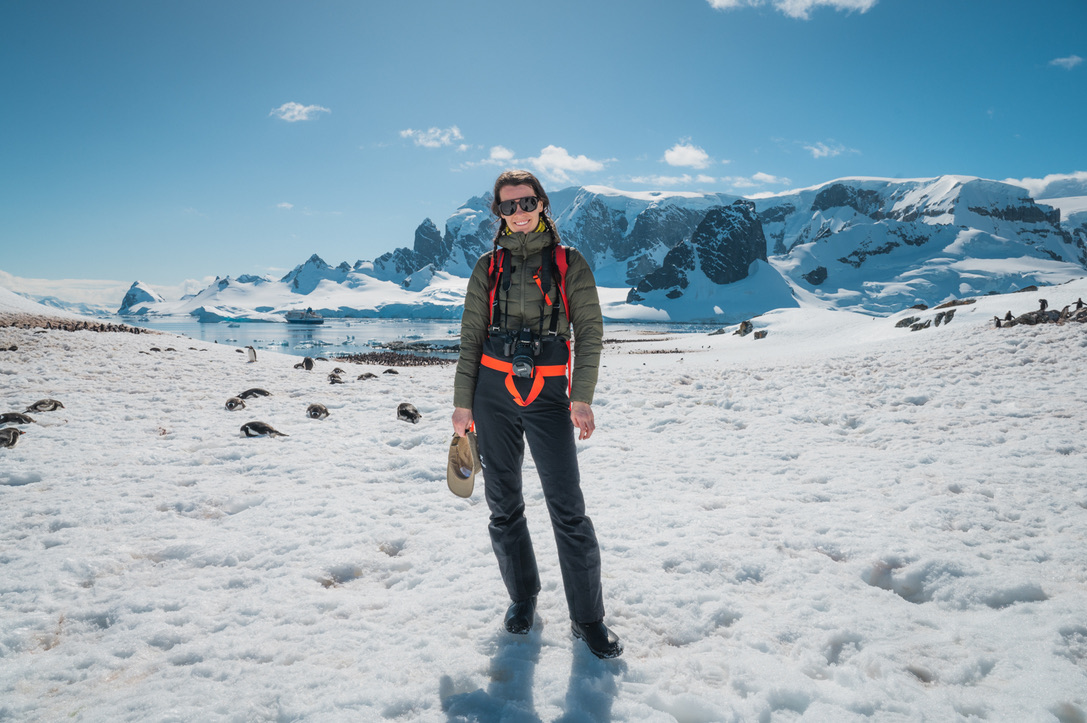
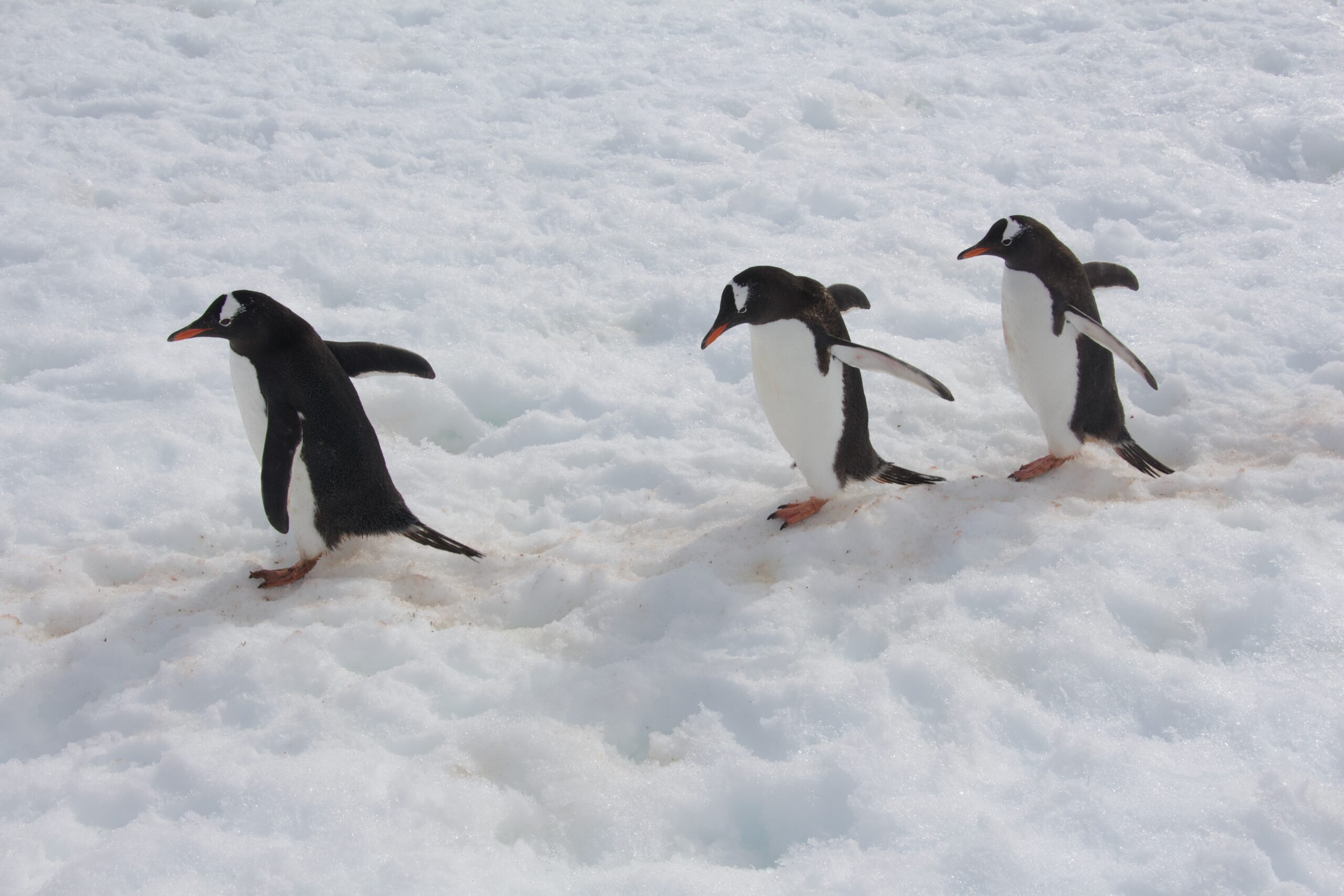
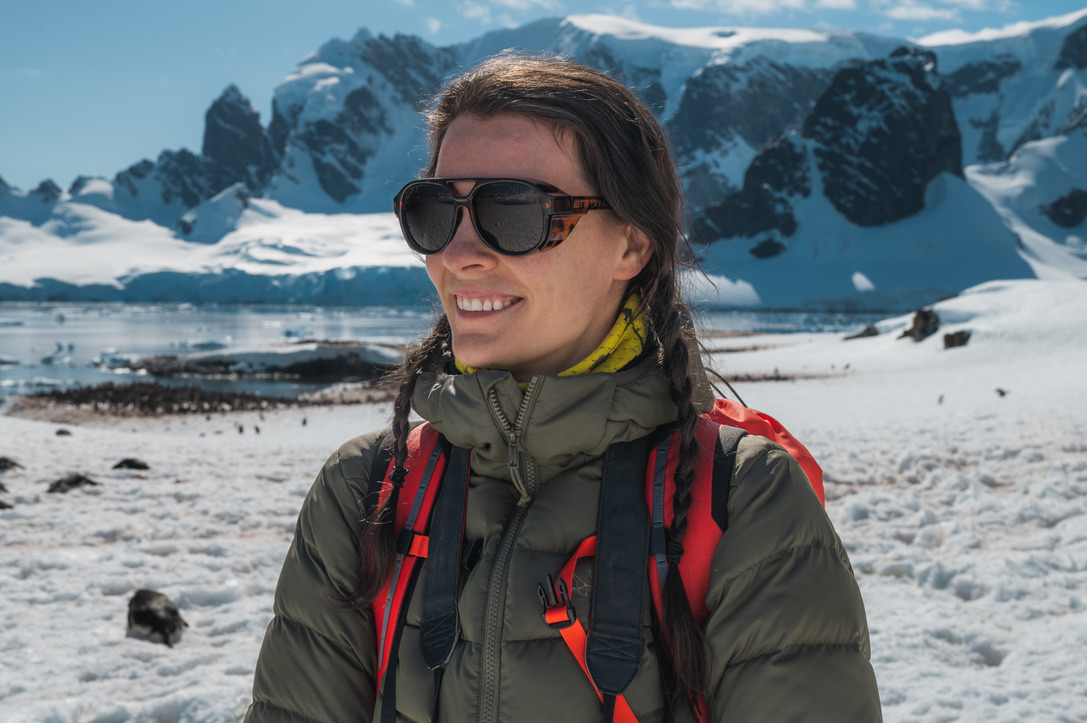
Q: What was the coolest thing you did on your trip?
We went swimming! The ocean was 0.0 degrees Celsius (-17 Fahrenheit) which made for the ultimate cold water plunge. Even though the ocean temperature is often below freezing, the salt content is so high that it stays liquid .I love a good cold plunge, so going for a dip surrounded by penguins was a next-level experience!
Q: What are you most proud of from this expedition?
Growing up with dyslexia, I was often taught to aim low and was discouraged from pursuing most academic interests. I was pulled out of math and science early, so I essentially have an elementary education in these fields. The only course I failed at University was Earth and Ocean Science. I’m not someone you would have bet on becoming a science communicator or being invited on a science-focused delegation to Antarctica, but here I am!
I’m grateful to share my neurodiverse perspective and show that science is for everyone.
Q: What do we need to know about how Antarctica is run and how Canada is involved?
The Antarctic Treaty System was designed to preserve the continent for two main purposes; peacekeeping and science. Many countries have joined as consultative members since its inception in 1959. Canada is currently a non-consultative member of the Antarctic Treaty System; this means we have a back-row seat and very little say in what happens there. Hopefully, that will change soon.
As a polar nation, Canada is in a unique opportunity to share its expertise on ocean conservation, climate action, polar scientific research, and Indigenous knowledge of the Arctic. This year, Canada will have the opportunity to apply to be a consultative of the Antarctic Treaty System… fingers crossed!
Q: How has this trip inspired your Art?
I use my art as a form of science communication. I hope to inspire others to seek adventure in nature and reflect on their role in preserving it. Focusing my art on sustainability and climate action has always been important to me.
I want to capture the beauty of the continent and preserve it on canvas. If we love something, we are more likely to want to protect it. I hope my paintings will help others fall in love with Antarctica as much as I have. I’ll be debuting my first series at the Artist Project in Toronto later this month.
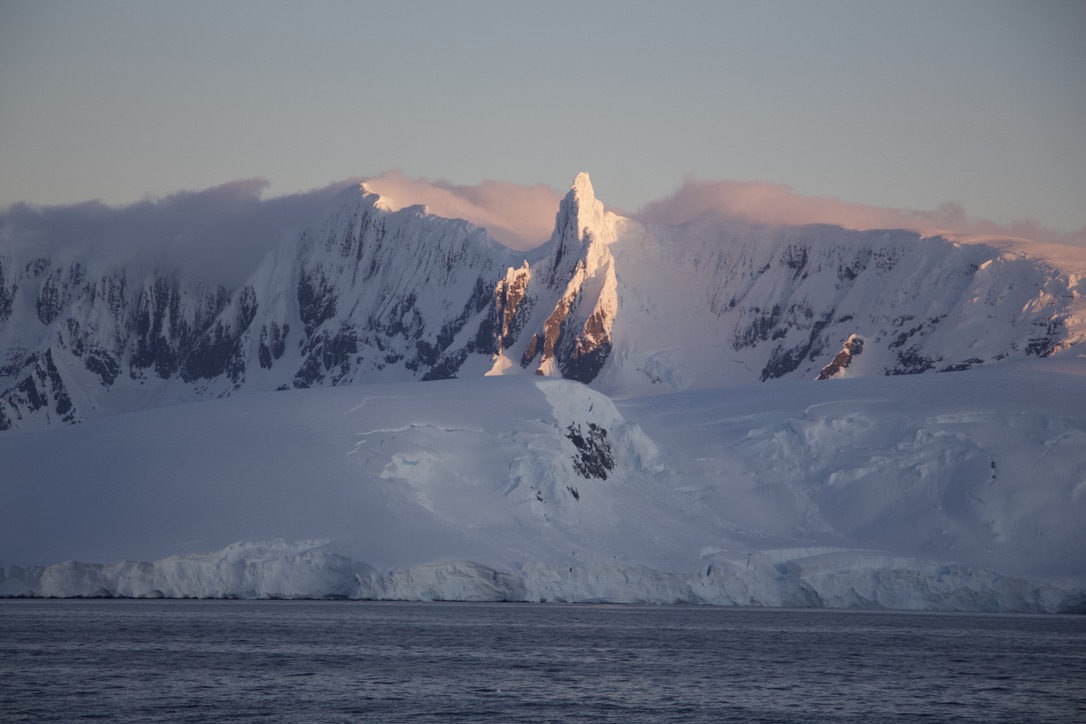
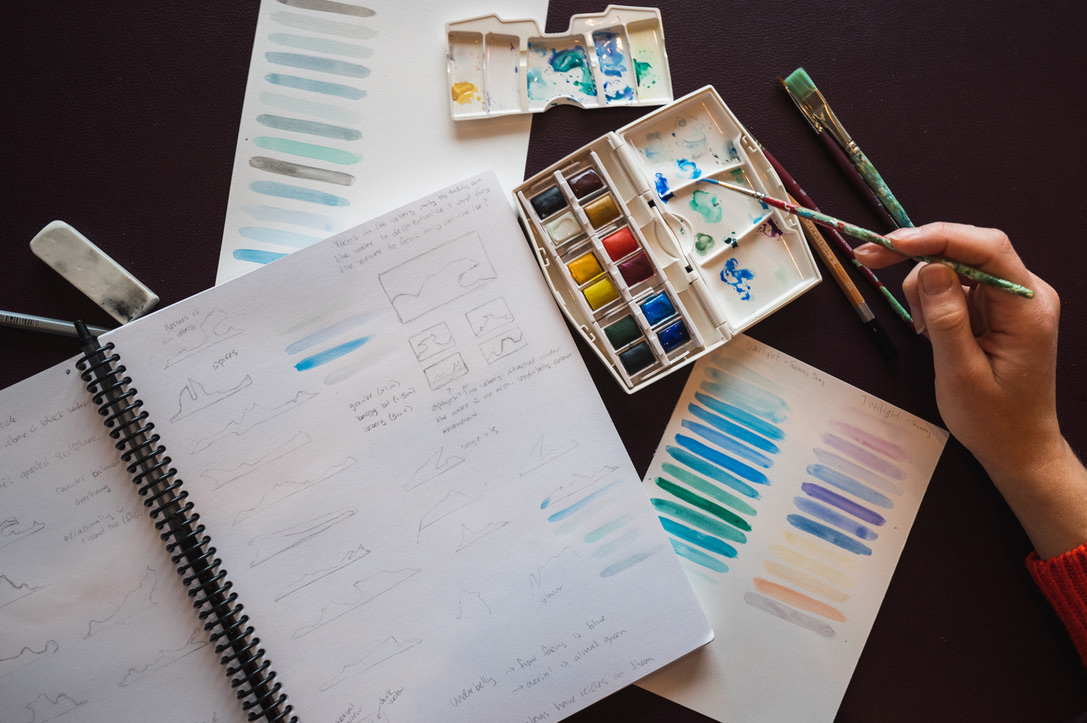
Q: It sounds like a magical place. What was the most beautiful thing you saw on your trip?
I was mesmerized by all the glaciers and icebergs that surround the continent. Every iceberg is a sculpture carved by nature, weathered, flipped, melted and crumbling into the water. Each one is unique but never stays the same for long. If you look at it from a different perspective, the shape completely changes. They’re floating masterpieces.
My favourite thing was to sit by the window with a cup of hot chocolate and my sketchbook. I would sit for hours sketching the icebergs that floated by. It was amazing!
Q: Can you give us 5 fun facts about Antarctica that we can bring up at our next dinner party?
- There are no polar bears (those are in the Arctic up North), but there are tons of penguins.
- Antarctica has a post office! It’s technically a British post office, and when you send a postcard from there, you should expect 2-6 months for it to be delivered.
- There are no trees and almost no vegetation, only a bit of moss.
- Because of the lack of vegetation and human presence, almost nothing on the continent has a smell. The only real smells you’ll experience are penguin poop and the farts from elephant seals… yikes.
- Penguins create paths called Penguin Highways. They slide down their stomachs to get downhill.
Q: In honour of Earth Month, what actions can we take to protect this beautiful continent?
Even though Antarctica might seem otherworldly, it’s not. Our planet is all connected. The way you take care of one part of the world has an effect on the rest.
My biggest advice is to start by focusing locally. Begin with examining the items and choices in your life to make sure they’re the most sustainable option you have. Then, expand your thinking bigger and bigger to amplify your impact across your community and country. Your actions can have a huge positive impact.
If you’re looking to maximize your impact, I would recommend joining Protect Our Winters, an environmental non-profit that aims to turn outdoor enthusiasts into climate activists.
Q: Before you leave, can you tell us a bit more about the SOI Foundation and what we have planned?
The SOI Foundation offers immersive trips for youth to the polar regions. The majority of participants are fully funded on a scholarship, with participants coming from all over the world. Geoff Green, the founder of the SOI Foundation, was awarded the Order of Canada in 2012. To learn more about this foundation, visit their website at soifoundation.org.
Thank you so much, Meg, for sharing your insight on Antarctica and the impact we all have on climate change! Head to Meg’s website here to learn more about her and see her portfolio! And, be sure to give Meg a follow on Instagram to see more of her adventures.
On Tuesday, April 11th, two Meg’s paintings will be available for digital download exclusively on Jilly Digital. A portion of all sales will go to the SOI Foundation to give more youth an opportunity to experience the polar regions.
We hope you enjoyed reading this Q&A as much as we enjoyed interviewing Meg!
xo,
Team Jilly

